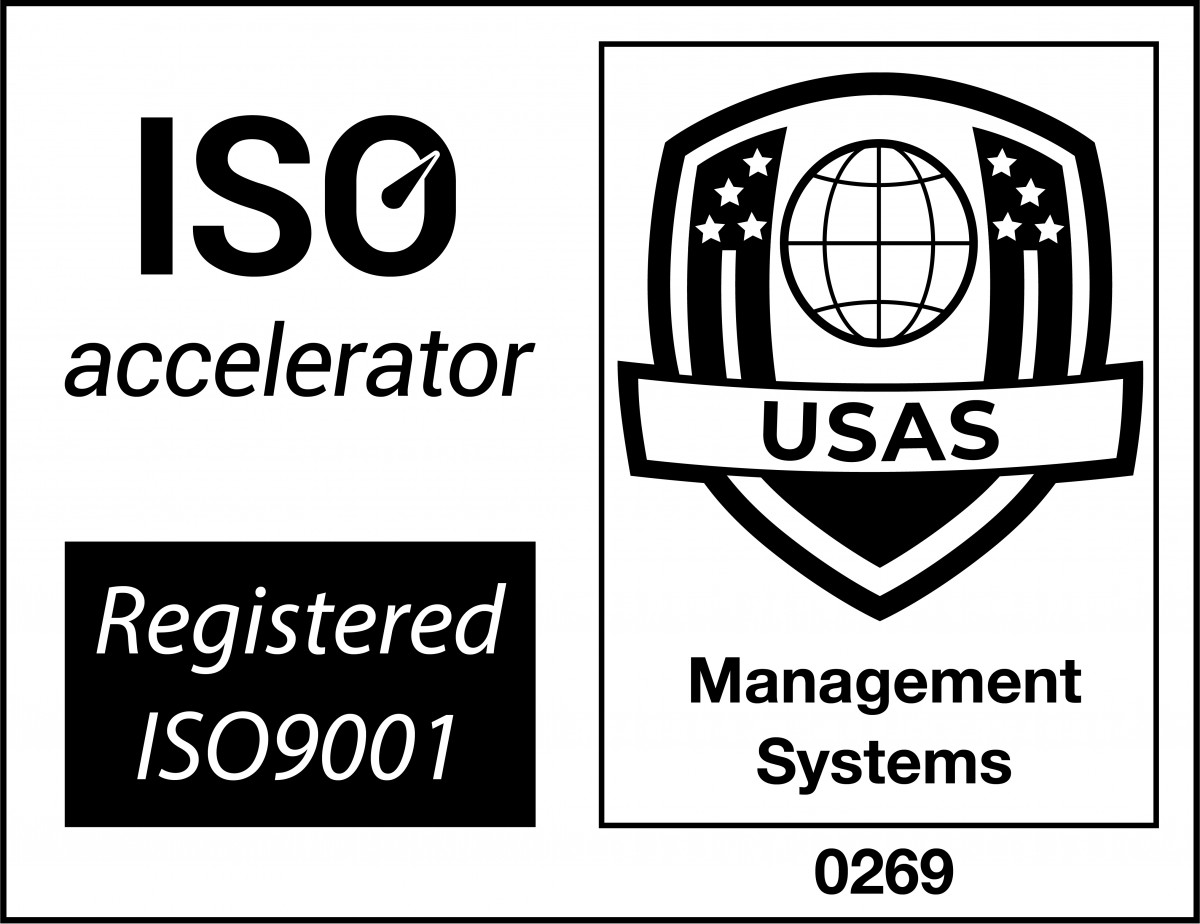The COVID-19 pandemic has made managing remote teams a priority for most organisations. Remote working is now a reality that both managers and employees have had to adapt to. What’s more, recent statistics indicate that this new normal is here to stay.
A PwC survey with 669 participating CEOs saw 78% agree that remote team management would continue in future. This was further echoed in a Gartner survey where 80% of participating business leaders said they plan to allow employees to work remotely after the pandemic. A further 47% of those leaders plan to implement remote working permanently.
That permanent shift comes as no surprise since remote working is benefitting companies and their employees. Research has shown that working from home is improving businesses’ productivity and employee work-satisfaction levels too. Some employees are even willing to take a pay cut to continue working remotely.
Teams that fail to adjust to these new trends risk falling behind and losing their competitive edge, but how can organisations adapt? Here, we provide a guide filled with useful tips and tools to successfully manage your remote team.
What Are Some of the Challenges Associated with Remote Working?

Managing remote teams does pose a unique set of challenges. These challenges need to be understood before effective solutions can be implemented. Some of the challenges facing remote teams include:
Ineffective Communication
Effective communication is an essential part of creating a positive working environment, even if it is virtual. Remote working now sees teams communicating via a screen. This can hinder any team’s ability to share knowledge and news.
Using remote communication platforms ineffectively can hinder a team’s ability to build relationships and provide input on existing projects.
Poor Productivity
Managers find it challenging enough to keep track of office-based productivity. Remote working has made this even more difficult due to the lack of face time.
Now managers risk losing touch with employees’ individual performance. Working remotely makes it difficult to track which tasks a team member is working on, how long it takes them, and how they engage with the other team members.
Increased Workload
When teams are office-based, it’s easier to speak to employees about their workload. This makes allocating work less challenging. Remote teams allocate resources through messenger apps, and some employees find it increasingly difficult to communicate their capacity.
The increased workload, overtime and constant engagement can be overwhelming. When managing your team remotely, it’s essential to find ways to engage with them meaningfully to guard against screen fatigue and burnout.
Low Morale
Building morale is an essential part of good organisational culture. Many companies emphasise participation in team building activities to improve employee satisfaction, which, in turn, influences employee productivity. Is it possible to do this remotely?
Finding new ways to achieve these objectives and to incentivise teams virtually can be difficult. Still, with the right tools, it is possible to overcome most, if not all, of the challenges posed by remote working.
What Tools Are Available to Effectively Manage Remote Teams?
To overcome the challenges posed by remote team management, you’ll need to have a toolbox filled with remote sharing solutions.
Zoom
Zoom has become the preferred application for many remote teams. The video conferencing application allows for teams to meet frequently by link-invitation only. Zoom is straightforward and has many features to simplify remote team collaboration.
The screen sharing function allows speakers to make presentations, just like at the office. Team members can also mute or unmute themselves to allow for clearer communication. Another plus is that meetings can be recorded and viewed later, for those with prior commitments.
Slack
Like Zoom, Slack is a communication tool that allows teams to collaborate. It’s ideal for managing remote teams as it lets users create separate channels according to a participant’s position or specific projects.
This leaves little room for distractions as teams are encouraged to focus on the tasks at hand. Slack is preferred among remote teams because it enables team members to upload, share, and view files easily in real-time.
PeakSignage Desktop Alerts
The PeakSignage Desktop Alerts system makes remote organisation-wide communication easy. This no-fuss notification system sends out instant desktop notifications that allow remote teams to stay connected in a meaningful way.
The PeakSignage Desktop Alerts system has been designed with remote team management in mind. It can display KPI dashboards and metrics, push safety reminders and messaging, and so much more.
This notification system is unique because of its flexible, interactive, and unique data integration features. Unlike conventional messaging systems, the PeakSignage Desktop Alerts system gives you the ability to tailor your experience to suit your remote team’s needs. This increases employee interaction on the platform because it disseminates information that is actually useful to your employees.
Google Drive
Google Drive is an excellent solution for remote team collaboration. It’s accessible, free, and user friendly. The G-suite lets remote teams create documents, track progress on spreadsheets, and a wide range of presentations.
Better still, team members can proofread and edit each other’s work by sharing a link, and the categorised folders ensure that the team’s shared Drive stays clutter-free.
Toggl
Toggl is a solution for remote employee performance tracking. The time tracking and idle detection function breaks down employee hours by client, project, and task. This lets remote teams know exactly how long it takes to finish a specific project.
Toggl’s project dashboard lets teams compare time spent with task progress, leaving less room for confusion about employee capacity.
Zentron Body-Temperature Scanning Personnel Kiosks
Teams that are office-based periodically are faced with many safety concerns. Hybrid remote teams who spend some of their working hours in organisational headquarters want to feel safe when coming in to work.
In this regard, effective body-temperature-screening kiosks are an essential part of protecting employees and their families.
Although businesses are not yet required to do so by law, these personnel kiosks can be used to develop and aid a robust internal tracking and tracing system within your organisation. This process is becoming an essential part of new workplace best practices.
The good news is this change doesn’t have to be complicated. The Zentron non-contact kiosk can be installed and automatically reading a person’s temperature within a matter of minutes. Better yet, this device can scan body temperature in less than 1 second, ensuring that your organisation’s daily operations aren’t negatively impacted.
Managing Remote Teams Is Much Easier with The Right Tools at Your Disposal
The pandemic has changed the way the world does business. With remote teams and hybrid working environments becoming the norm, companies and public organisations must adapt and find tools to manage their remote employees. However, by implementing at least some of the solutions listed above, you can increase productivity, morale, and employee safety.
Lamasatech understands that your team is unique, and thus your communication and safety systems should be too. Contact us today to find out more about how we can help you manage your remote team successfully.



